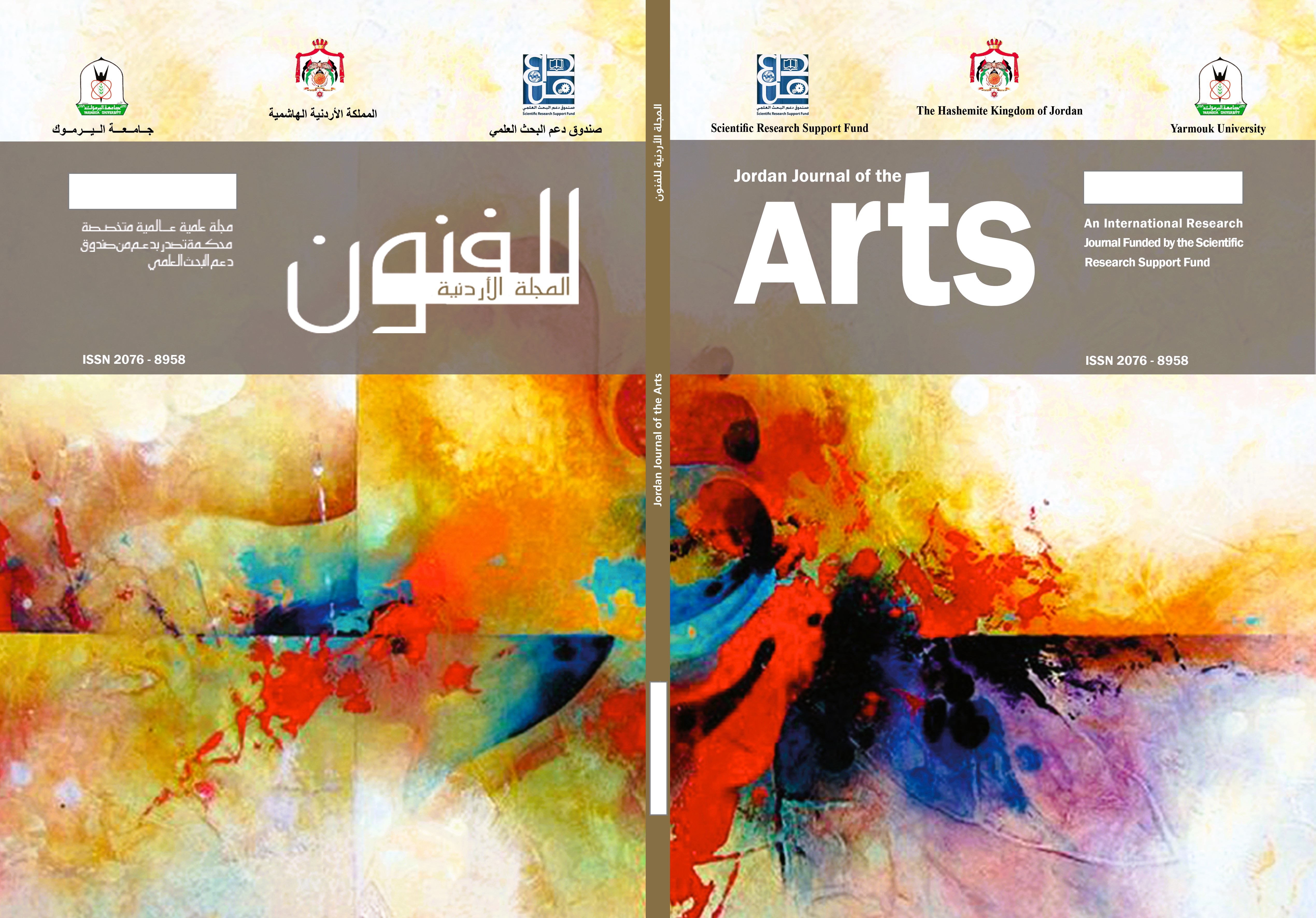The Design Characteristics of Arabic Calligraphy and The Extent of its Influence on Islamic Interior Design
Keywords:
Arabic calligraphy, design characteristics, Islamic interior design, Islamic architecture, architectural decoration, Arabic calligraphy decorationAbstract
Objectives: This study aims to highlight the artistic value of Arabic calligraphy as an influential decorative element in Islamic interior design from the inception of Islamic architecture until the present time. It is characterized by a set of design characteristics that make it have an appearance that, according to the researcher’s vision, goes beyond the aesthetic and decorative aspect to the fomative aspect of interior design and Islamic architecture. Hence, the study begins by defining the research problem, which revolves around studying the great similarity in formation between the letters, words, and sentences of Arabic calligraphy and the elements of interior design and Islamic architecture. Therefore, the purpose of this research is to prove the hypothesis of the influence of Islamic arts on each other by showing the complementary relationship between Arabic calligraphy and Islamic architecture, which led to improving the aesthetic and spiritual character of Islamic interior design historically.
Methods: The research follows the qualitative descriptive analytical method. Eight design characteristics of Arabic calligraphy were reviewed through this study, with the use of some Arabic calligraphy paintings to illustrate these design characteristics, so that they were linked one after the other to various architectural models from the history of Islamic architecture and interior design to demonstrate their formal impact on the design of Islamic architecture, especially the interior design elements of mosques.
Results: The results emphasized the complementary relationship between Arabic calligraphy and Islamic interior design and the influential role played by Arabic calligraphy and its rich and diverse formations in shaping the form of many design elements in Islamic architecture and interior design.
Conclusion: The study sees that the relationship between Arabic calligraphy and Islamic architecture will develop in the future such that lines and shapes will converge and that the designs and works of calligraphers will be a major source of inspiration for architects who design mosques and Islamic interior design. This has been proven through some contemporary examples of mosque architecture.


